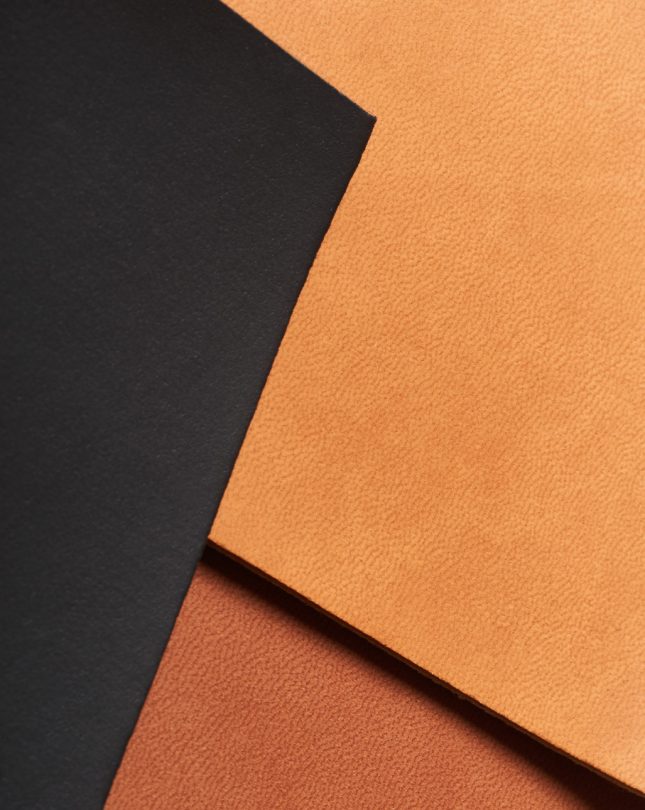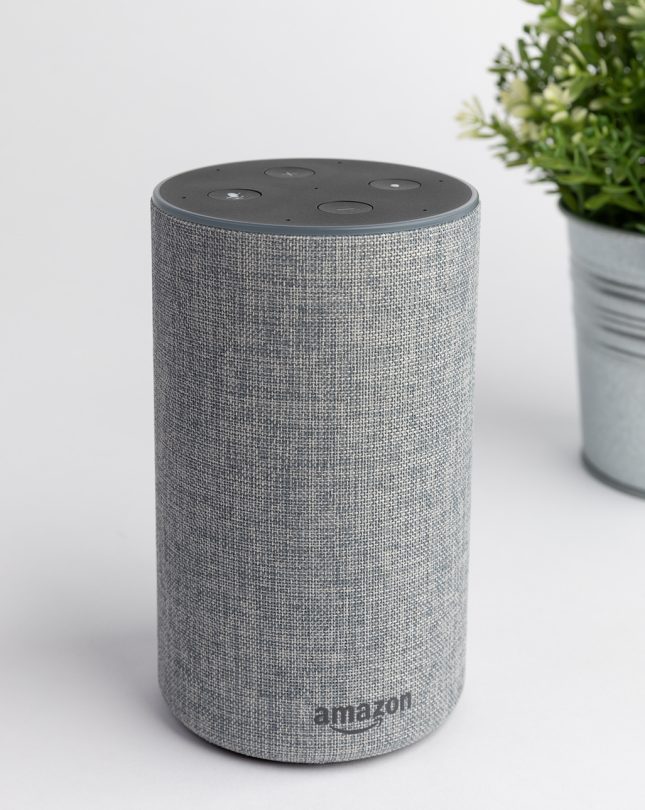Our latest news and views English
Underpinned by our Scandinavian design heritage, we bring you regular stories about architecture and interiors, exploring natural materials, acoustics, and the creation of safe and harmonious environments.

Chris Lefteri is a renowned expert in material technology with a career spanning over twenty years. His studio, Chris Lefteri Design, has worked with an array of large organisations and major design studios across Europe, the US and Asia advising on strategies for effective material integration in the design process. So who better to ask about materials of the future?
Chris Lefteri has been at the forefront of material trends and technology since he published his first book on the subject in 2001. Several books later and having set up his own design studio, his work is considered pivotal in changing the way designers and the design industry consider materials.
Reducing waste and the impact materials have on the planet informs his first choice of future materials: rapid renewables. “Really clever examples include vegan leather from apple skins, pineapple skin or even mushrooms. Apple skin is an interesting one, the skin is a waste material from the juice,” Lefteri says. He also explains how, similarly, there is scope for using orange peel in the same way. Considering that it’s one of the world’s favourite fruit juices, the capacity for recycling in this way is immense. “Materials that come back as something else are going to become so important,” he adds.


“The use of materials has become a really big area of exploration for the likes of Google,” Lefteri explains. “Many technology firms have been using fabrics on devices such as Alexa that give a slightly softer, more residential feel.” He goes on to highlight how more materials that have embedded properties – meaning they can sense things like proximity and pressure – are set to emerge. This new generation of smart fabrics is already being explored by the automotive industry in terms of materials that can detect all sorts of things, from the speed of passing cars to the density of air. Lefteri believes that applications within other sectors will follow shortly.
Lefteri’s third choice is also related to fabrics and sustainability. He explains how there is plenty of innovation in how materials are cleaned, from cushions that draw pollutants out of the air to self-cleaning fabrics. “We are likely to see clothes that repel dirt, which means you don’t have to wash them so often: from an environmental perspective, that’s much better.”
Whether it’s getting his hands dirty with materials, writing books on the subject, or travelling the world consulting for large corporate organisations, Lefteri remains passionate about driving materials innovation forward into the future.
